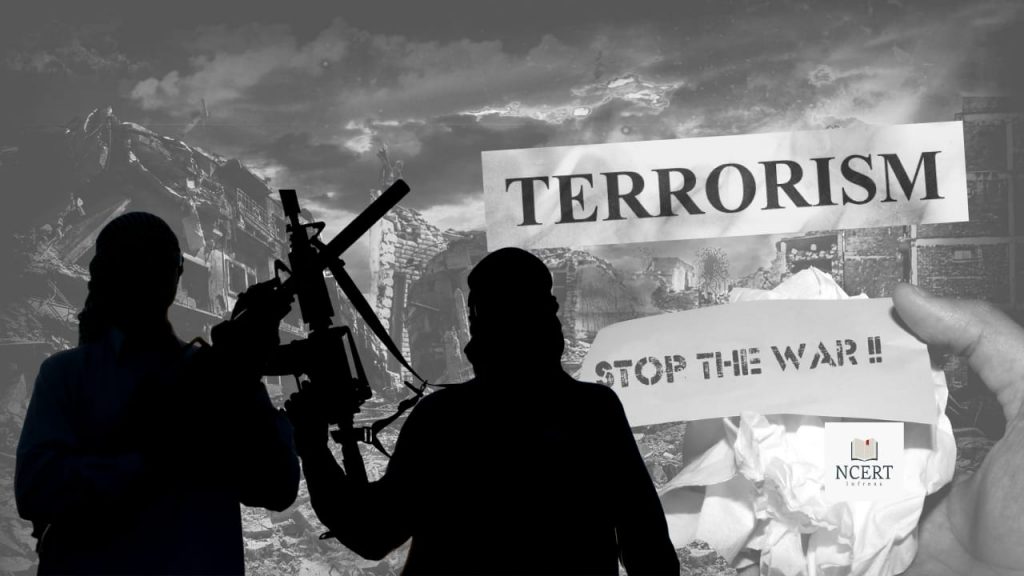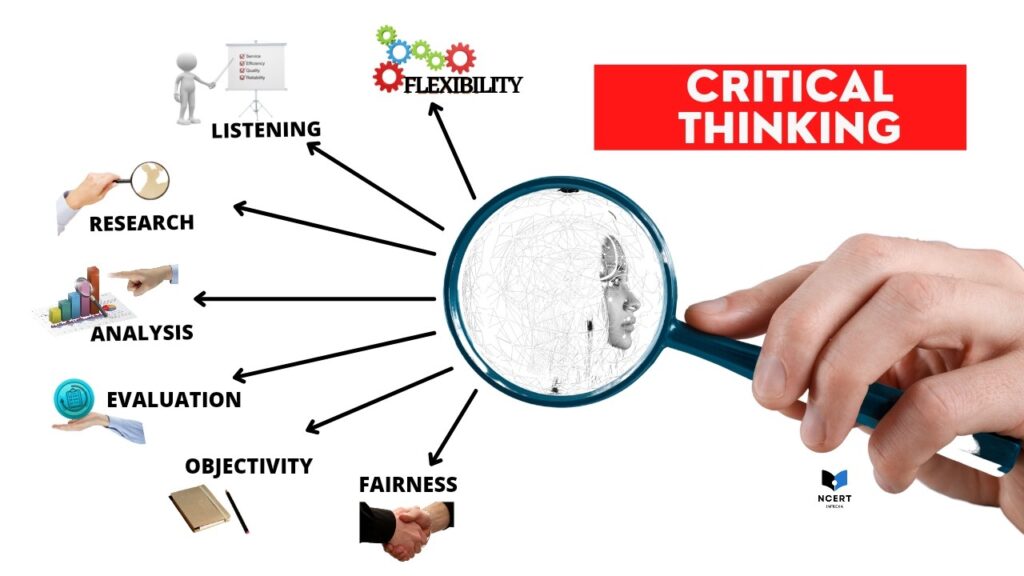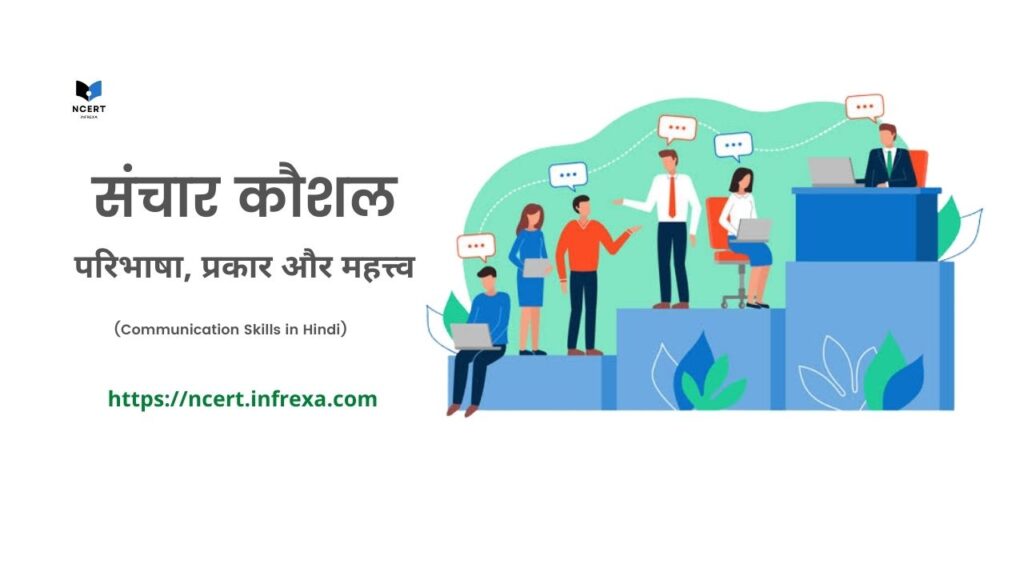Invasion of privacy is a broad legal concept covering activities deemed unacceptable, such as eavesdropping or unauthorized use of personal information.
Although definitions vary by jurisdiction, they generally involve unauthorized access to an individual’s personal information or space.
Definition
Invasion of privacy is the intrusion into an individual’s private affairs without their consent. It can involve gaining access to personal information or private spaces.
Types and Examples of Invasion of Privacy
Knowing the various forms of privacy breaches is crucial for recognizing and protecting against these violations. Here are the types of privacy breaches along with examples:
Intrusion Upon Seclusion
This type of invasion involves someone intentionally intruding into another person’s private affairs, either through physical means or technological means. For instance, physically entering someone’s home without permission falls under this category. An example would be a landlord entering a tenant’s apartment without prior notice or consent, thereby disrupting the tenant’s right to privacy in their own home.
House trespass, which refers to the act of entering someone else’s house or property without authorization or legal right, is another form of intrusion. For example, a neighbor entering someone’s backyard without permission to use their swimming pool while they are away is considered trespassing.
Intrusion can also occur through technological means, such as hacking into someone’s personal devices. For instance, using a hidden camera to record someone in their home without their knowledge is a clear example of intrusion upon seclusion.
Similarly, eavesdropping on conversations falls under this category. This occurs when someone listens to private conversations without the knowledge or consent of the individuals involved, such as a neighbor secretly listening to your phone calls through a shared wall.
Public Disclosure of Private Facts
This occurs when someone publicly discloses private information about an individual that is not of public concern, and the disclosure would be offensive to a reasonable person.
In this context, the private information is shared or published without the person’s consent. For instance, a journalist publishing a person’s medical records without their approval clearly violates privacy norms.
Doxxing
Doxxing involves publicly revealing personal information about an individual without their consent, typically with malicious intent. This could include sharing home addresses, phone numbers, or private communications to harass or intimidate the person. This type of invasion can severely impact the targeted individual’s safety and well-being.
For example: During an online argument, one individual publicly shares the home address and phone number of another person to intimidate and harass them. This leads to the targeted individual receiving threatening messages and fearing for their safety.
False Light
This type of invasion of privacy happens when someone publishes information about another person that is misleading or portrays them in a false light. This could include spreading rumors or false information that damages an individual’s reputation. For example, falsely attributing negative behavior or statements to someone in a public forum constitutes a false light invasion.
Appropriation
This type of privacy invasion occurs when someone uses another person’s name, likeness, or other identifying characteristics without permission, typically for commercial purposes. It is often seen in advertising, where a person’s image is used without their consent to promote a product or service. Using another person’s image or likeness without permission can severely impact their personal and professional life, especially if the image is used in a context they do not agree with. For example, a company might use a celebrity’s image in advertisements without obtaining permission, which is a clear infringement on the person’s privacy and can lead to significant personal and reputational damage.
Data Breaches
In the digital age, data breaches are a significant form of privacy invasion. This involves unauthorized access to personal data stored on electronic devices or online databases. A data breach can lead to the exposure of sensitive information such as social security numbers, credit card information, and private communications. Unauthorized use of personal information is a direct consequence of data breaches, where, for example, a company might use your email address to send marketing emails without your consent, thereby exploiting your personal information for their own benefit.
Unauthorized Surveillance and Monitoring
This type of privacy invasion includes any form of covert observation or monitoring without an individual’s knowledge or consent. This can happen both in public and private spaces and involves methods such as using surveillance cameras, GPS tracking, or intercepting communications. For example, a landlord installing cameras inside a tenant’s apartment without their knowledge is a severe breach of privacy.
Similarly, tapping into phone conversations involves intercepting and listening to someone’s phone calls without their knowledge. An instance of this would be an employer installing software to monitor employees’ phone calls without informing them, thus breaching their privacy. Both practices violate individuals’ rights to privacy and can lead to significant personal and professional harm.
Privacy Invasion on the Internet
The internet has facilitated access to information but also introduced new privacy challenges:
- Phishing: Attempting to gain personal information by pretending to be a legitimate website or organization. For example: a person receives an email that looks like it’s from their bank, asking them to update their account information. The person clicks the link and enters their details, unknowingly giving hackers access to their bank account.
- Identity Theft: Using someone’s personal information, such as their name and Social Security number, to commit fraud. This can result in significant financial loss and damage to personal reputations. For example: a hacker obtains a person’s Social Security number and uses it to open credit accounts in their name, resulting in significant debt and damage to the victim’s credit score.
- Spamming: Sending unsolicited emails. These emails often contain advertisements, phishing attempts, or malicious links. The constant influx of unwanted emails makes it difficult for the person to manage their legitimate communications and increases the risk of falling victim to scams.
- Spyware and Malware: Malicious software used to access computers or steal personal information. A person downloads a free software application that secretly installs spyware on their computer. This spyware records their keystrokes, capturing sensitive information like passwords and personal messages.
Privacy Invasion on Social Media
Social media can also be a medium for privacy invasion:
- Cyberbullying: Using social media to harass, threaten, or embarrass someone. For, example: a high school student uses social media to spread false rumors and post derogatory comments about a classmate. The targeted classmate faces severe emotional distress, leading to anxiety and a decline in academic performance.
- Posting Private Information: Sharing someone’s private information without their consent. After a personal dispute, an individual posts their former friend’s private messages and photos on a public forum without consent. This leads to public embarrassment and potential damage to the former friend’s personal and professional relationships.
- Using Someone’s Image or Likeness: Without permission. A company uses a person’s photo from their social media profile in an advertisement without seeking permission. The person is unaware of the usage and does not receive any compensation or acknowledgment, leading to a violation of their personal rights.
- Unauthorized Account Access: This involves accessing and using someone else’s online accounts without their consent. For instance, a hacker might gain access to someone’s social media account and post updates pretending to be them, which constitutes a severe breach of privacy.
Related Laws
In the U.S., several laws protect individuals from privacy invasion:
- Fourth Amendment: Protects against unreasonable searches and seizures.
- U.S. Privacy Act of 1974: Regulates data held by government agencies.
- Health Insurance Portability and Accountability Act (HIPAA), 1996: Protects health information.
- Gramm-Leach-Bliley Act (GLBA), 1999: Protects financial information.
- Children’s Online Privacy Protection Act (COPPA), 2000: Protects the personal information of children under 13.
Read: American Depositary Receipt (ADR), meaning and Definition
How to Protect Your Privacy Online
- Use strong passwords and two-factor authentication.
- Keep software and operating systems up to date.
- Avoid clicking on suspicious links or downloading files.
- Set up alerts for unauthorized access.
- Understand website and app privacy policies.
- Use a virtual private network (VPN) to encrypt internet traffic.
How to Report Privacy Invasion
- Contact the Police: File a report for crimes like identity theft or cyberbullying.
- Federal Trade Commission (FTC): File a complaint if you are a victim of privacy invasion.
- Social Media Platforms: Report privacy violations to the platform.
- Websites or Apps: Report violations to the website or app involved.
Read: What does sustainable mean? Meaning, Definition and Examples




